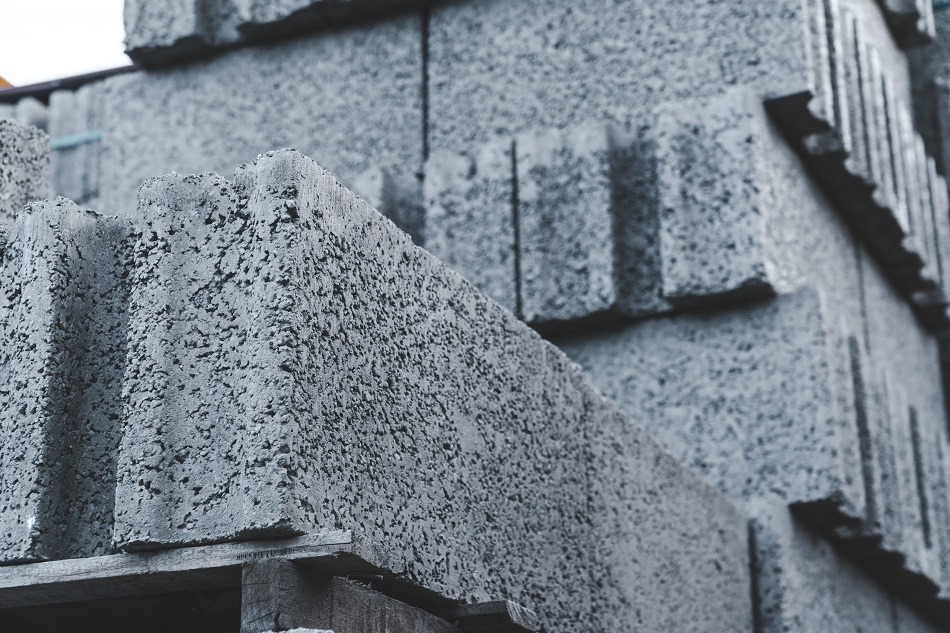
Image Credit: Sergey Nemirovsky/Shutterstock.com
Cement-based materials are non-uniform materials that consist mainly of aggregates (most frequently stone), that form inclusions. These materials develop pores and cracks of different sizes after hardening. The contents of pore structures include residual air bubbles, capillary pores, cementing pores, and fine cracks are often caused by the drying shrinkage of cementitious materials. Cement-based materials are the most widely and frequently used building materials in modern society. The main highlight of the study of gas permeability of cement-based materials is the understanding of the issues regarding the transport properties of these materials, which stands as a good indicator of their durability.
Factors Affecting Gas Permeability in Cement-Based Materials
The major factors affecting gas permeability are:
- type of cement,
- water-cement ratio (w/c),
- curing conditions,
- degree of water saturation,
- mineral admixture,
- microstructural properties.
However, the two main parameters that control the ability of materials to transport gas are, the degree of water saturation and its microstructural properties.
With the increase in water saturation, there is a decrease in gas permeability. Under the influence of high pressure, gas can be transported through the biggest pore accesses. The w/c ratio controls the hydration process and thereby, the material porosity. The higher the w/c ratio, the higher the gas permeability. Engineering applications also cause changes in the pore structure of materials and thus affect gas permeability.Different methods of preparations of the cement- based materials lead to different pore characteristics, porosity, and gas permeability. To obtain cement-based materials with a high impermeability, the cement paste needs to be sealed without adding mineral admixture.
Determination of Pore Size Distribution
The methods (categorized as physical methods) used in the determination of pore size distribution include small-angle X-ray scattering (SAXS), atom force microscopy (AFM), microfocus X-ray computed tomography (μCT), and scanning electron microscopy (SEM). The main chemical method is mercury intrusion porosimetry (MIP). Gas adsorption, carbon dioxide adsorption (CA), and low-temperature liquid nitrogen adsorption (NA) methods are also used to determine the pore size distribution.
The MIP method is widely used in the study of pore structure and gas permeability. With the help of two methods, namely, the MIP and the nuclear magnetic resonance (NMR), a correlation between the gas permeability and porosity of cement-based materials can be established. However, only porosity is not enough to predict the permeability of cement-based materials. It is necessary to consider the microstructure pore size. Gas permeability is also well correlated with the main pore diameter deduced from MIP. The median pore diameter obtained by seepage theory has a high determination coefficient.
The micropore region (<100 nm) and visible pore region (>105 nm) in cement-based materials have fractal characteristics and the pore surface fractal dimension is calculated as a quantitative parameter to characterize the surface roughness of the pores. Micropores are most closely related to the gas permeability of the cement-based materials. The lower the pore surface fractal dimension is, the better the gas permeability of the paste and mortar samples.
Evaluation of Gas Permeability Using XDQ Model
Recently, a model for the evaluation of gas permeability of cement-based materials has been developed with a conceptual model by the LTHE Laboratory at Grenoble University. This model is called XDQ which is based on percolation theory and uses the MIP test. The principle of the XDQ model is to reconstruct the pore size distribution with an iterative process by superimposing randomly distributed elementary cubic networks which numerically reproduce the volume and pore size distribution of the material. On using a renormalization method, a permeability coefficient is calculated. Thereby, the XDQ model can evaluate the gas permeability with a good order of magnitude.
References and Further Reading
Zhu, J., Zhang, R., Zhang, Y. et al. (2019). The fractal characteristics of pore size distribution in cement-based materials and its effect on gas permeability. Scientific Reports. 9, 17191.
Galle, C., Pin, M., and Daian, J.F. (2000). Gas permeability of cement based materials (CEA-R-- 5892). France.
Disclaimer: The views expressed here are those of the author expressed in their private capacity and do not necessarily represent the views of AZoM.com Limited T/A AZoNetwork the owner and operator of this website. This disclaimer forms part of the Terms and conditions of use of this website.